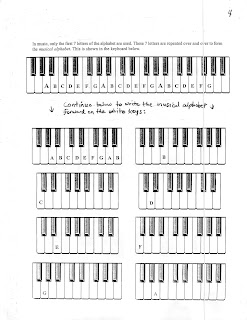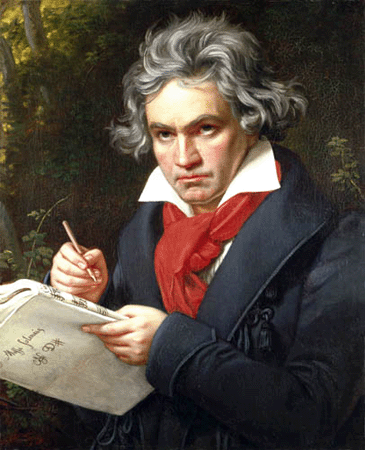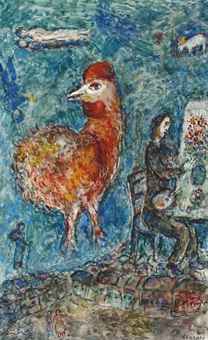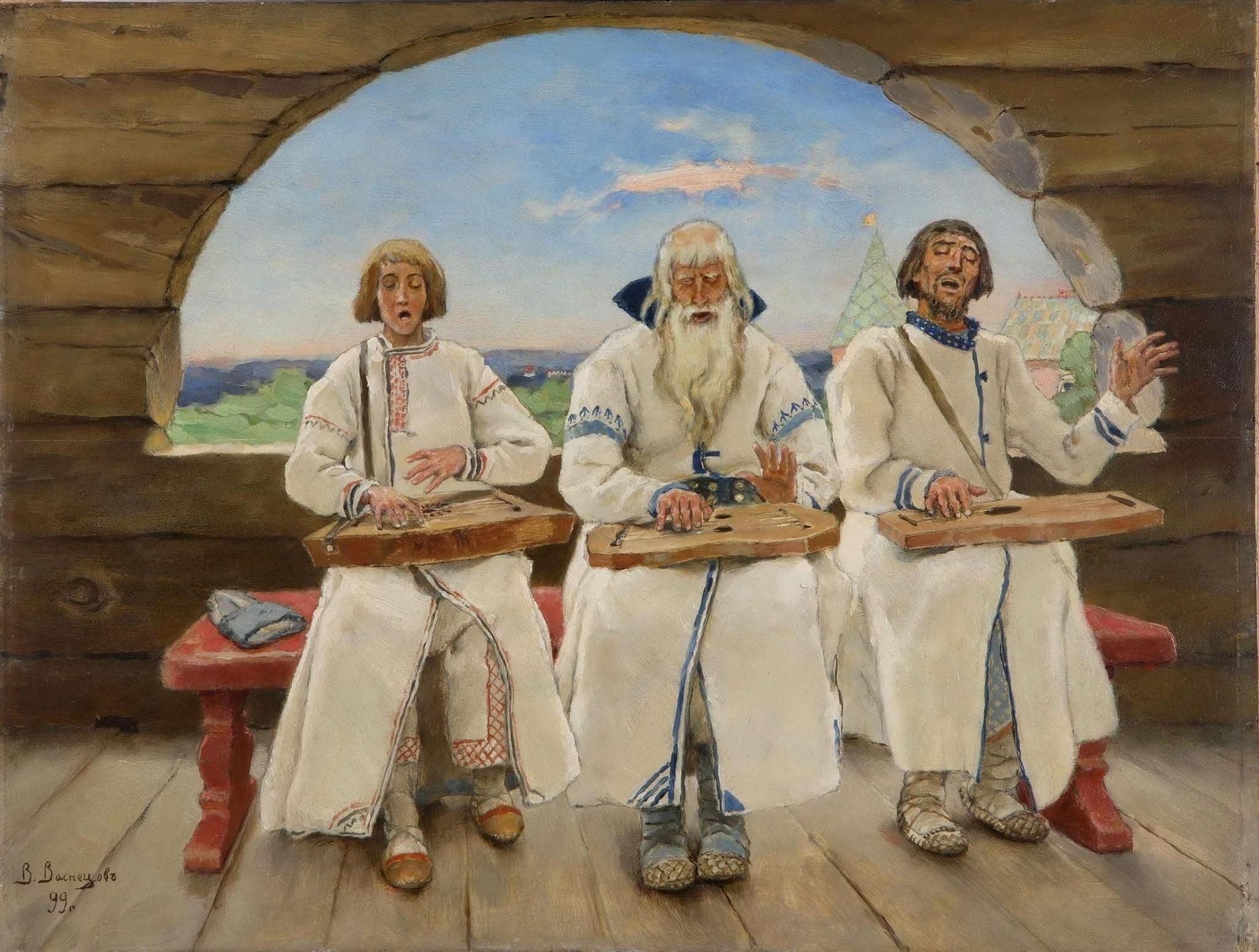Spring – Concerto in E Major
Allegro
Springtime is upon us.
The birds celebrate her return with festive song,
and murmuring streams are softly caressed by the breezes.
Thunderstorms, those heralds of Spring, roar, casting their dark mantle over heaven,
Then they die away to silence, and the birds take up their charming songs once more.
Largo
On the flower-strewn meadow, with leafy branches rustling overhead,
the goat-herd sleeps, his faithful dog beside him
Allegro
Led by the festive sound of rustic bagpipes,
nymphs and shepherds lightly dance beneath the brilliant canopy of spring.
Summer – Concerto in g-minor
Allegro non molto
Beneath the blazing sun's relentless heat men and flocks are sweltering,
pines are scorched.
We hear the cuckoo's voice; then sweet songs of the turtle dove and finch are heard.
Soft breezes stir the air….
but threatening north wind sweeps them suddenly aside.
The shepherd trembles, fearful of violent storm and what may lie ahead.
Adagio e piano - Presto e forte
His limbs are now awakened from their repose
by fear of lightning's flash and thunder's roar,
as gnats and flies buzz furiously around.
Presto
Alas, his worst fears were justified,
as the heavens roar and great hailstones beat down upon the proudly standing corn.
Autumn – Concerto in F Major
Allegro
The peasant celebrates with song and dance the harvest safely gathered in.
The cup of Bacchus flows freely, and many find their relief in deep slumber.
Adagio molto
The singing and the dancing die away
as cooling breezes fan the pleasant air,
inviting all to sleep
without a care.
Allegro
The hunters emerge at dawn,
ready for the chase,
with horns and dogs and cries.
Their quarry flees while they give chase.
Terrified and wounded, the prey struggles on,
but, harried, dies.
Winter – Concerto in f-minor
Allegro non molto
Shivering, frozen mid the frosty snow in biting, stinging winds;
running to and fro to stamp one's icy feet, teeth chattering in the bitter chill.
Largo
To rest contentedly beside the hearth,
while those outside are drenched by pouring rain.
Allegro
We tread the icy path slowly and cautiously, for fear of tripping and falling.
Then turn abruptly, slip, crash on the ground and, rising,
hasten on across the ice lest it cracks up.
We feel the chill north winds coarse through the home
despite the locked and bolted doors…
this is winter, which nonetheless brings its own delights.





.jpg)



.jpg)









.jpg)




















